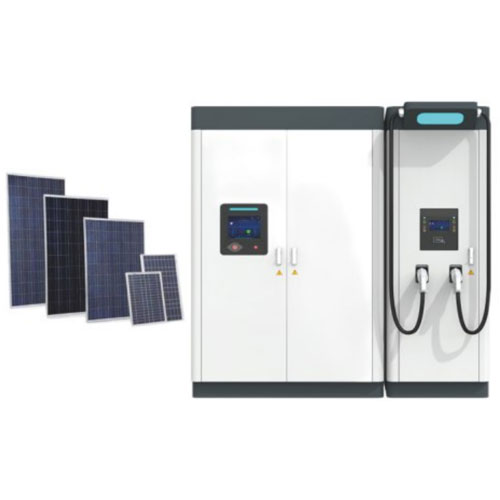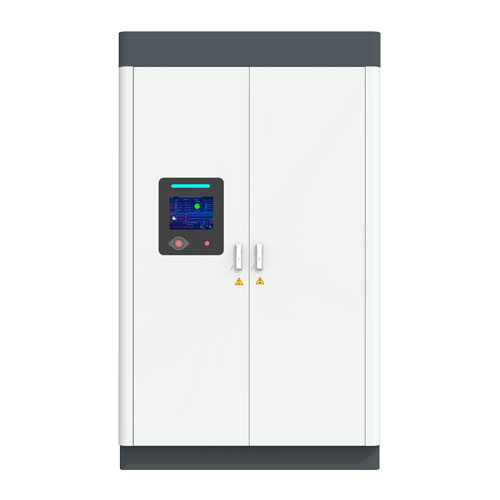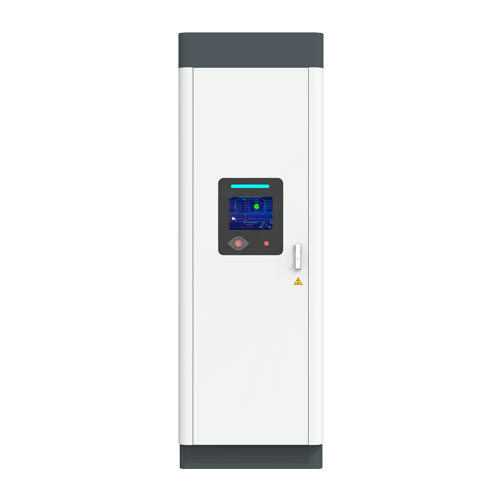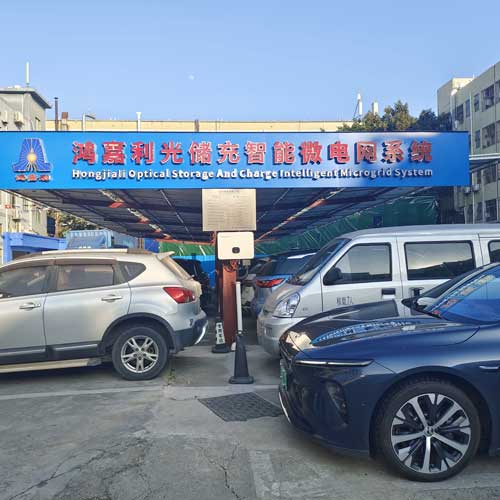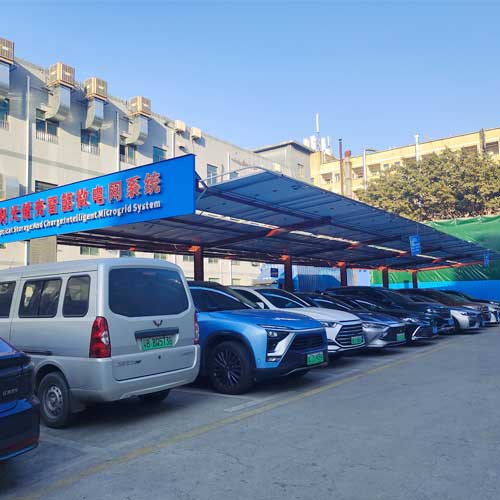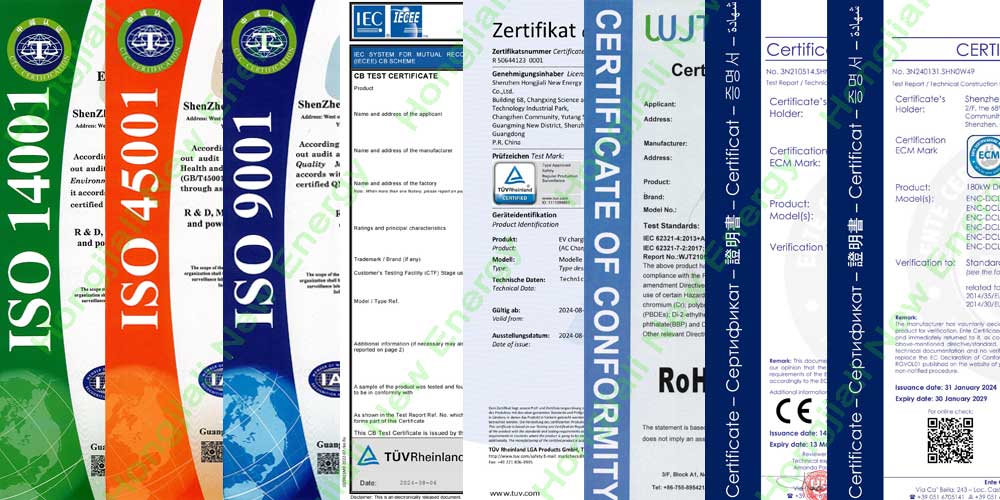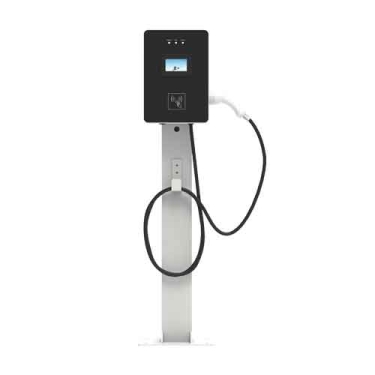As an solar charger for ev cars solution and system service provider, we provide electric vehicle "light storage and charging" integrated charging station solutions - photovoltaic power generation, energy storage, chargers, software and services to help electric vehicles transform from "low carbon "Towards "zero carbon".
The solar EV charging solutions we provide have exceeded the value expected by customers in 29 countries around the world and promoted the sustainable development of energy.
Main features of solar charger for ev cars:
1. Photovoltaic power generation for self-use
2. Grid peak shaving and valley filling to reduce electricity costs
3. Improvement of smart charging and new energy vehicle charging capabilities
4. When the power grid fails, use emergency backup power as a backup power source
5. Sustained profitability
The product parameters of solar charger for ev cars are as follows:
Product model | CGS200K-100 | CGS100K-050 |
Energy storage parameter | ||
Rated power | 100kW | 50kW |
Nominal capacity | 200kWh | 100kWh |
Charge and discharge ratio | ≤0.5C | ≤0.5C |
Battery voltage range | 500~900V | |
Discharge depth | ≤95%DOD(suggestion) | |
Number of cycles | >5000 times | |
Cell type | 3.2V/173Ah, 3.2V/280Ah | |
Rated voltage | AC380/400V | |
Rated frequency | 50Hz | |
Operating temperature | -20~55℃ | |
Relative humidity | 5%~95%RH,Non-condensing cream | |
Altitude | 2000m | |
Noise | ≤60dB | |
Installation mode | Outdoor cabinet | |
Heat dissipation mode | Air conditioning, water cooling | |
Protection class | IP54 | |
Isolation mode | Non-isolation | |
Charging facility parameter | ||
Rated power | 120kW | 40kW |
Installation mode | Floor type | |
Input voltage | AC380V±15% | |
Output frequency | 45-65Hz | |
Output voltage range | 200-750Vdc | |
Output current range | 0-250A | 0-132A |
Operating temperature | -25~55℃ | |
Relative humidity | 5%~95%RH,Non-condensing cream | |
Altitude | 2000m | |
Noise | ≤60dB | |
Heat dissipation mode | Air cooling | |
Operating interface | 7 "touch screen | |
Charging mode | Automatic charging, fixed power, fixed amount, fixed time | |
Method of payment | Pay by card or by code | |
Networking mode | Ethernet, 3G, 4G | |
Photovoltaic parameter | ||
Rated power | 100kW | 50kW |
Input voltage range | DC300V-1000V | DC300V-1000V |
Input current range | 0-333A | 0-167A |
